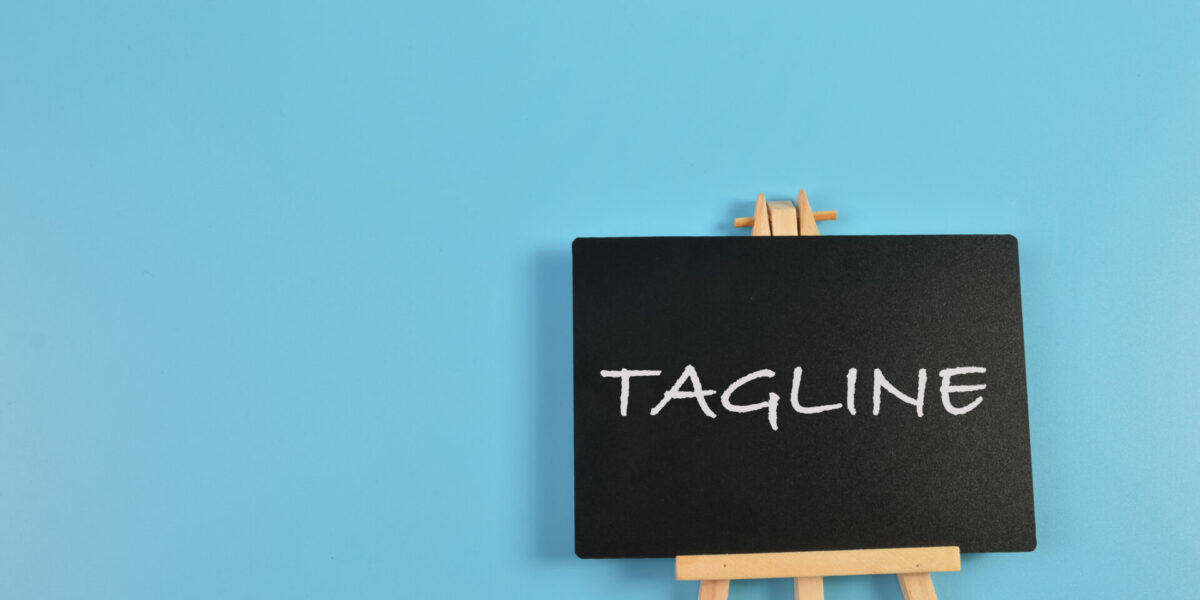When I first became a young homeowner, there was no Google. If I needed something, I called my father. It didn’t matter if I needed a car, a refrigerator or my drain unplugged. My father, who passed seven years ago, would tell me to call a certain place and ask for a certain person — then make sure I told him, “I’m Eddie’s son.” I’d always get the best deal and good service.
Now, even with Google at my fingertips, I first reach out to my daughter-in-law when I need something or someone. Nicci owns a hair and eyelash salon and has gotten me reliable help for everything from landscaping to actors for TV commercials. “Sure, Dad,” she’ll text. “Two pre-teen minority kids, plus two or three older females? No problem.” I’m convinced she and her clients know somebody in every field imaginable. And I trust their ratings more than Yelp.
Whether it was from my late father, or now from my daughter-in-law or even a friend on Facebook — I prefer those referrals over a blind search on Google. Apparently, I’m not alone.
The value of referrals is indisputable. According to Nielsen:
- 84% of consumers say they either completely or somewhat trust recommendations from family, colleagues and friends about products — making these recommendations the information source ranked highest for trustworthiness.
- 92% of consumers trust referrals from people they know.
- 77% of consumers are more likely to buy a new product when learning about it from friends or family.
- McKinsey research shows: “Word-of-mouth is the primary factor behind 20% to 50% of all purchasing decisions.”
- A report from Boston Consulting Groups indicates Consumers rely on word-of-mouth 2-10 times more than advertising. And 49% of U.S. consumers say friends and family are their top sources of brand awareness.
Here’s the most important statistic: people are four times more likely to buy when referred by a friend.
How about Social Media referrals?
The numbers are similar. Studies show referrals from friends on Facebook and other social platforms are very powerful. “81% of U.S. online consumers’ purchase decisions are influenced by their friends’ social media posts,“ reports Market Force.
Nielsen says “43% of consumers are more likely to buy a new product when learning about it from friends on Social Media.”
And 71% of consumers are more likely to make a purchase based on social media referrals.
Here’s the problem: 83% of consumers are willing to refer after a positive experience — yet only 29% actually do. (Nielsen)
So what can you do?
It’s time to think about Referral Marketing.
According to saasquatch.com: If you educate consumers about referral programs and display for them the value of sharing your product or service with their friends, you’ll increase the amount of referral conversions your brand sees.
Rainsalestraining.com recommends you:
- Ask for a referral.
- Offer incentives and rewards.
- Offer alternate ways for customers to recommend you.
- Provide content people can share.
- Include a link in emails and online for referral submissions.
Referrals are best cultivated from customers by the marketing team, as they work directly with the brand touchpoints and can think through the level of campaign strategy needed to bring in new customers.
Sit down and craft valuable cash or non-cash incentives, or experiential rewards that will facilitate referrals and appeal to incoming customers. But get started today on a permanent, ongoing referral marketing program. It takes some effort and some time, but it is well worth the investment of both. And it may become the most effective marketing you’ve ever done.













Comment